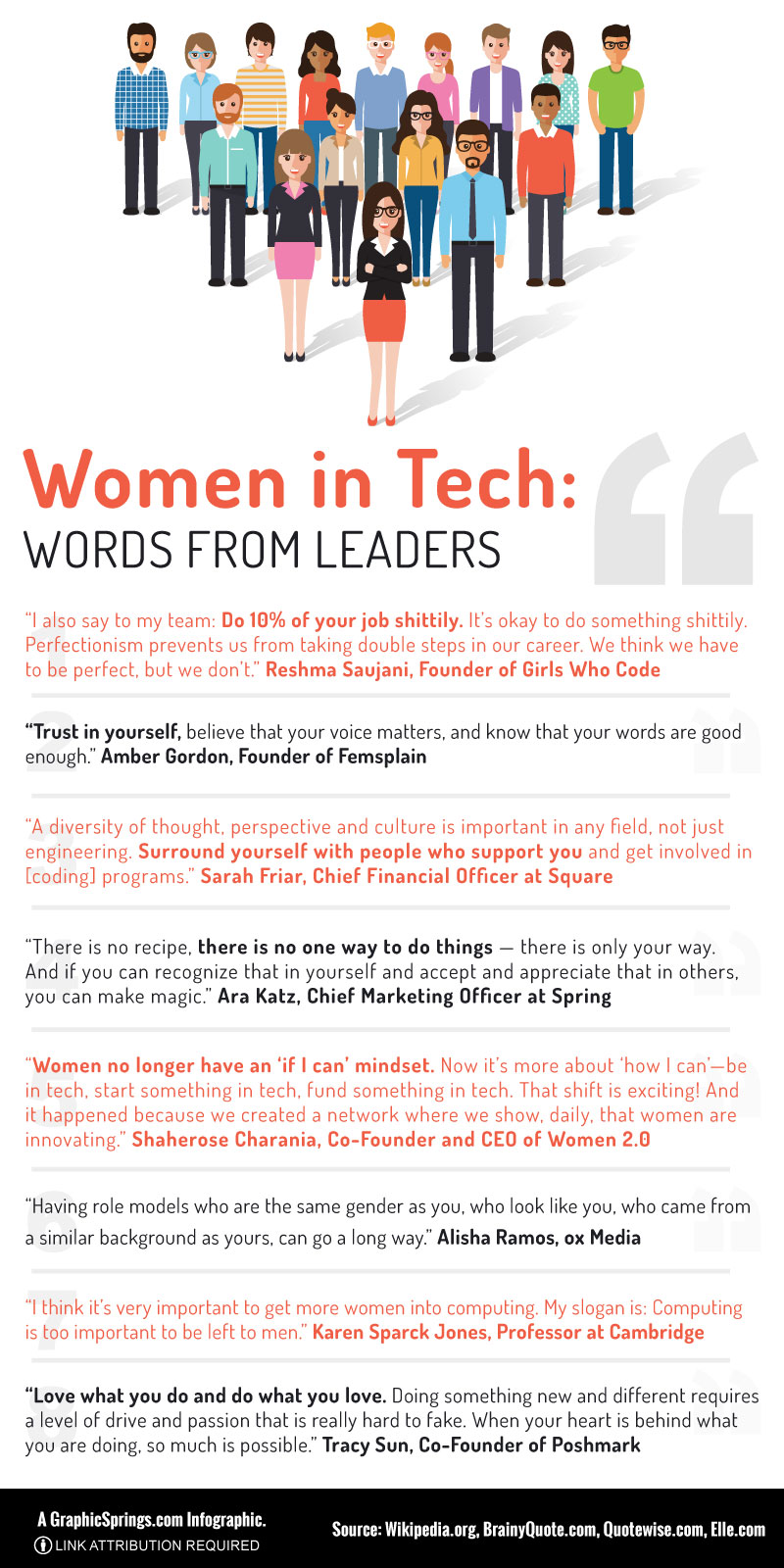 “Keep an open mind. Just because you start your practice one way doesn’t mean you’re wedded to that,” says Katten’s Cathy Yoon.
“Keep an open mind. Just because you start your practice one way doesn’t mean you’re wedded to that,” says Katten’s Cathy Yoon.
“When I mentor college and law students as they start their careers, they always ask how I ended up where I am today, and I tell them it’s ok if you have no idea what you want to do because you’ll figure it out.”
Finding Her Niche
As the oldest child of first generation Korean immigrants, Yoon says she faced a lot of pressure from her parents to choose a “good,” well-paying career.
But after graduating from Swarthmore College as a history major, Yoon wasn’t sure what her career path would be. A friend was a legal assistant at a large law firm, and that prompted her to consider enrolling in law school. She attended New York Law School and after passing the bar went to a law firm as an associate handling corporate transactions and working primarily with private equity firms and hedge funds.
Her early legal training paid off. After three years, Yoon was recruited by one of the largest global financial services institutions in the world and became a managing director and senior counsel handling corporate legal matters, including acquisitions, divestitures, strategic initiatives, FinTech and other minority investments and other general corporate matters. During her seven-year tenure there, the Dodd-Frank Act was enacted, designed to prevent another financial crisis by implementing various reforms impacting how banks operated. This included restrictions on large financial institutions from growing by way of acquisitions or ventures and such restrictions started to impact Yoon’s practice.
At this point, Yoon pivoted and looked into what the smaller strategy groups were doing and started to move away from working on large corporate transactions and focused on more strategic initiatives such as representing the financial institution in several enterprise blockchain consortiums, where it joined other companies in the development of blockchain technology. This experience introduced Yoon to emerging technology in the financial services space, and the more she learned about blockchain and other forms of distributed ledger technology, the more interested she became.
She reached out to her network of colleagues and friends who were dabbling in it and eventually left the financial institution and joined a blockchain advisory start-up. “Until now I had gone the safe route, with a large law firm and financial institutions, and then I jumped headfirst into start-up life,” Yoon says. She wore many different hats—in consulting, business development, strategy and marketing, as well as acting as general counsel. “You pitch in where you need to,” she says, adding that she probably learned more about the intersection of business and law during this period of time than her entire career before this point.
Last year, Yoon joined the Financial Markets and Funds practice at Katten where she focuses her practice on assisting clients with navigating the legal, regulatory and operational aspects for their FinTech offerings and products.
Practicing law has been much more exciting for Yoon as many of her clients are on the cutting edge of technology and trying to operate in a space with a great deal of legal and regulatory uncertainty. “It’s a journey we are on together and it’s gratifying when my clients can articulate the value I bring. They say things like, ‘You really get it. You’re going beyond giving legal advice and thinking about the strategy. We enjoy working with you because you don’t just tell us no, but instead you help us understand the risks using the lens of our specific business model,’” Yoon says.
Mentoring the Next Generation
Yoon seizes any chance she can to serve as a mentor. One message she always tries to impart is that networking should be a thread that weaves throughout your career. “It’s never too early to start,” she tells younger professionals. Even today when most networking is virtual, there are numerous ways to reach out, including being visible on LinkedIn by sharing updates or chiming in with your opinions and experiences.
One of the places she is able to reach younger women is through her work on the advisory council of the GlamourGals Foundation, which fosters intergenerational connections between teen leaders and seniors to alleviate the issue of elder isolation, while offering networking sessions and leadership conferences to volunteers.
Yoon is part of many diverse groups and networks where the primary goal is to make sure there is proper diverse representation on boards, at conferences and in open positions. Since emerging tech is largely a male-dominated field, she likes to lead by example in the space, which is why she focuses on mentoring. “While I’ve always had terrific mentors and sponsors, I had always hoped there would be more opportunities to meet people from diverse backgrounds,” she says. “I appreciate I can be that person for others.”
by Cathie Ericson










